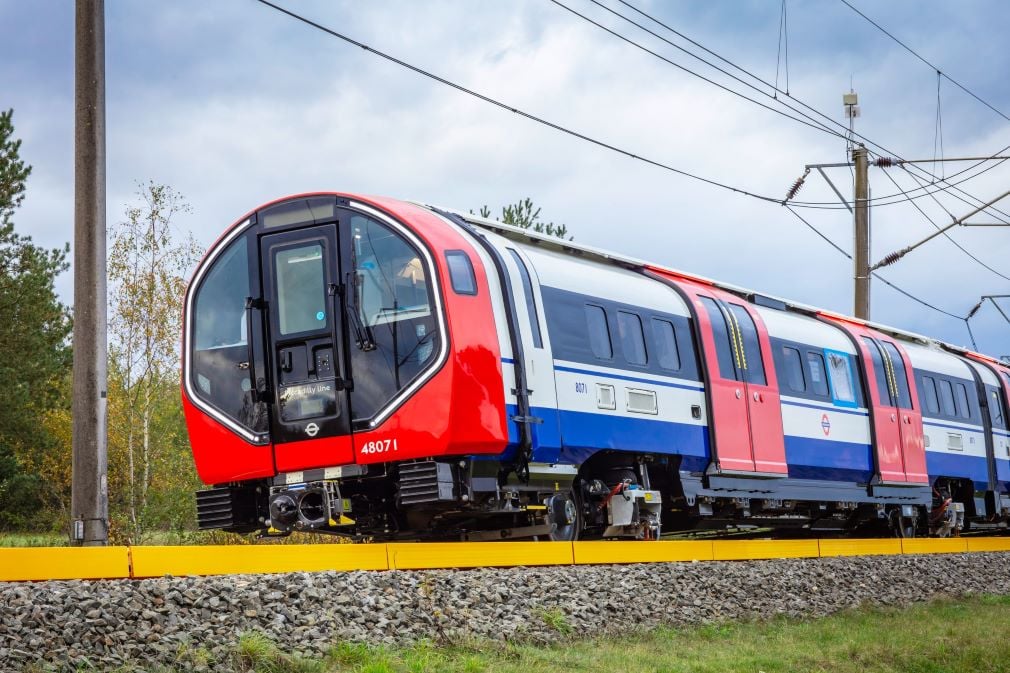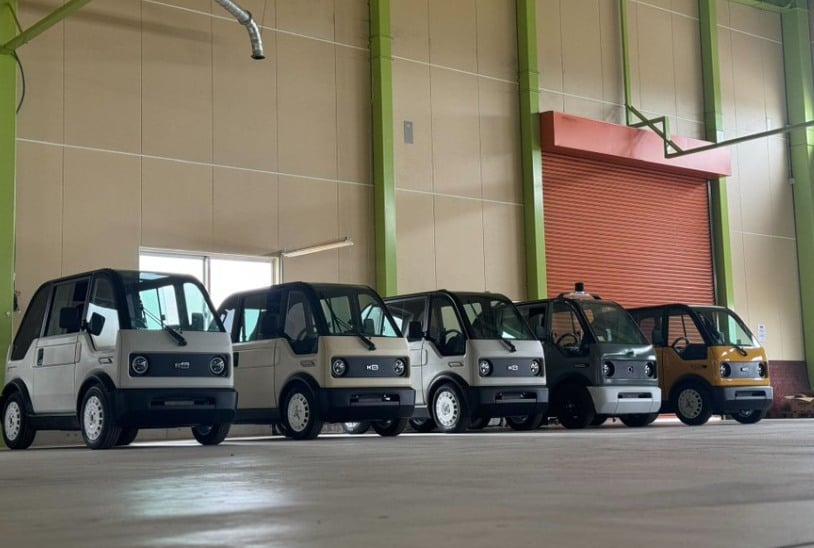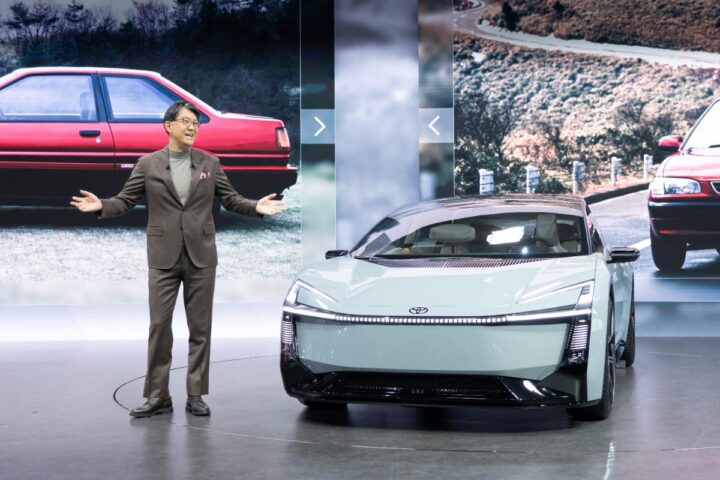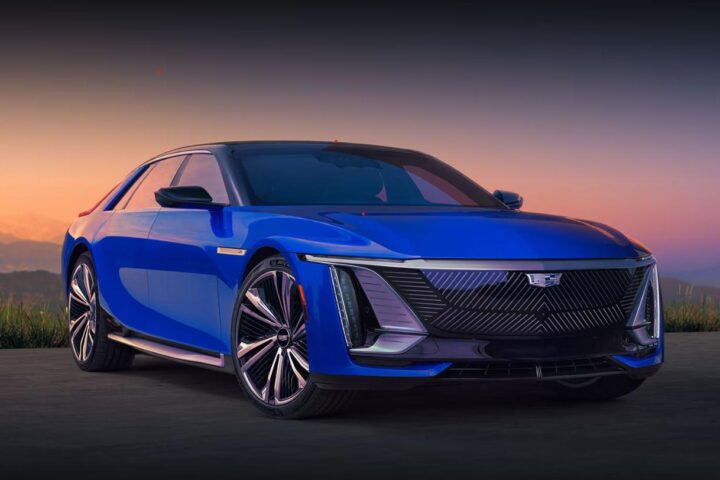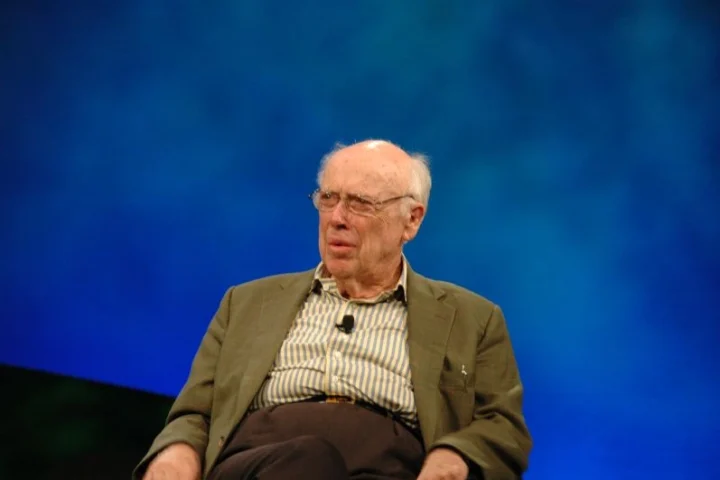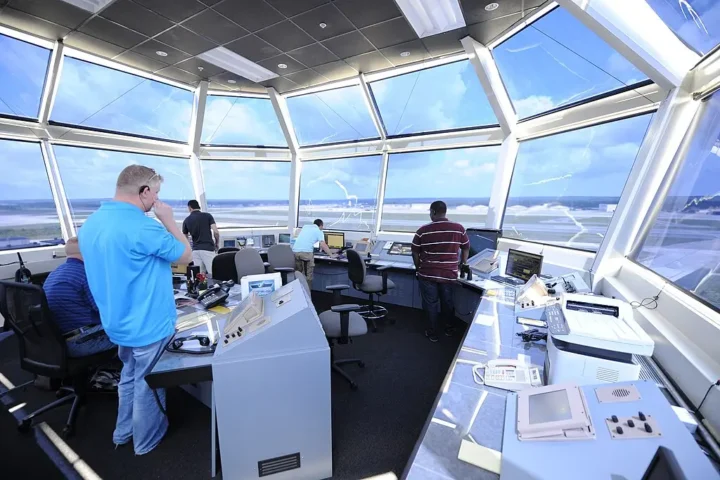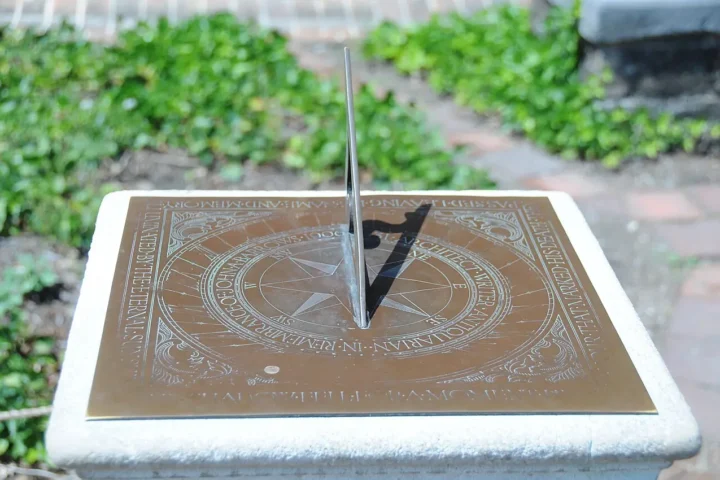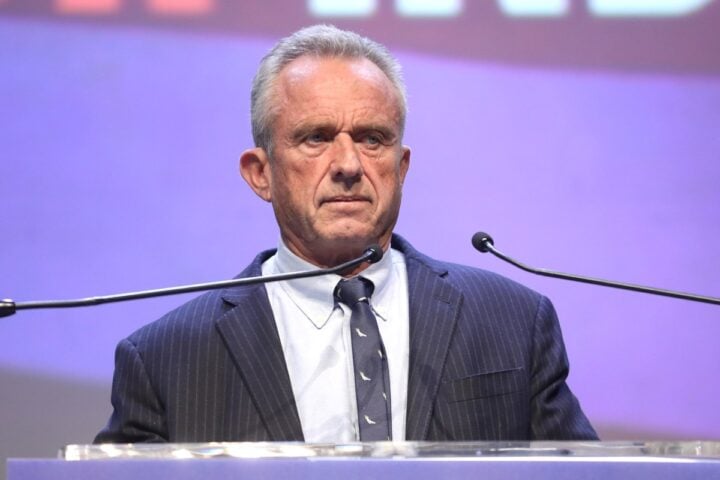The introduction of new, air-conditioned trains on London’s Piccadilly Line has been pushed back by about a year. Transport for London (TfL) confirmed on Friday, June 20, 2025, that the first train won’t enter service until the second half of 2026, disappointing commuters who were expecting them by late 2025.
Engineering Hurdles Slow Down Modernization
The delay stems from unexpected difficulties in integrating modern trains with infrastructure that’s over a century old. While the new trains performed well on test tracks, logging 15,000 kilometers, they’ve encountered problems when tested in the “real-life” conditions of London’s aging tunnels.
“This is an ambitious project with new 21st century trains providing engineering challenges in both building and introduction into service on a 20th century railway,” said Stuart Harvey, TfL’s Chief Capital Officer.
Technical issues include problems with the alignment of electrical equipment underneath the trains. These issues weren’t apparent during initial testing but emerged when the trains were introduced to London’s actual underground environment.
A Long-Running Project
The £3 billion modernization project began in November 2018, when TfL signed the contract with Siemens Mobility. Initially, the trains were expected to enter service from 2024, but this timeline has now slipped by approximately two years.
Only one train, built in Vienna, has arrived in London so far. A second Vienna-built train is ready for delivery, while the first UK-built train from Siemens’ new factory in Goole, East Yorkshire, is expected in September 2025, about six months later than initially planned.
What’s Being Replaced?
The project aims to replace 86 trains that have been running since 1973 with 94 new state-of-the-art trains. The existing fleet is showing its age after more than 50 years of service, with no air conditioning – a particular problem during London’s increasingly warm summers.
The Piccadilly Line, which connects King’s Cross and the West End with Heathrow Airport, handles about 160 million journeys annually – more than 10 percent of all daily Tube travel.
Features of the New Trains
The new fleet promises significant improvements for passengers:
“Once they’re in service, the technology on these new trains will bring smoother, greener and more comfortable journeys for Londoners for the next 30 or more years,” said Sambit Banerjee, Joint CEO at Siemens Mobility.
Similar Posts
The trains will feature air conditioning – a first for a deep-level Tube line – plus walk-through carriages, wider double doorways for quicker boarding, and a 10% increase in capacity. Four of the nine carriages will “float” on top of the rails as they won’t have wheels underneath, creating more spacious interiors with additional headroom.
The new trains will eventually allow frequency to increase from 24 to 27 trains per hour at peak times, and potentially up to 36 trains per hour in the future – matching the Victoria Line’s capacity.
Impact on Passengers
For commuters, the delay means at least another year of using the existing half-century-old trains, with continued discomfort during hot weather and persistent overcrowding during peak hours.
Weekend closures of the Piccadilly Line will continue over the coming months as stations are prepared for the new nine-carriage trains, including work to “shave” platform edges to accommodate the different turning geometry of the new fleet.
Manufacturing Impact
About 80% of the new trains (79 out of 94) will be built at Siemens’ new £340 million factory in Goole, which opened in October 2024. This facility represents a significant investment in UK rail manufacturing.
Looking Forward
TfL has set a new “window” for the first train to enter service between July and December 2026, with Siemens and TfL “absolutely focused on trying to achieve the July end of the window,” according to Harvey.

Once the first train starts running, the full rollout of all 94 trains is expected to take 18 to 20 months, meaning the entire fleet should be in service between late 2027 and early 2028.
Despite the setback, TfL maintains confidence in the Siemens trains and is “progressing discussions” about potentially ordering similar trains for the Bakerloo Line, which currently operates the oldest trains in regular UK passenger service.
